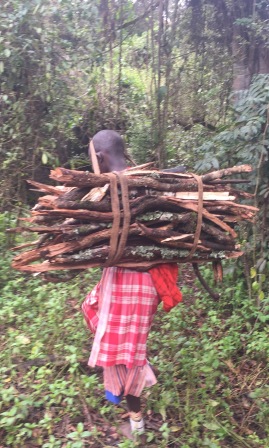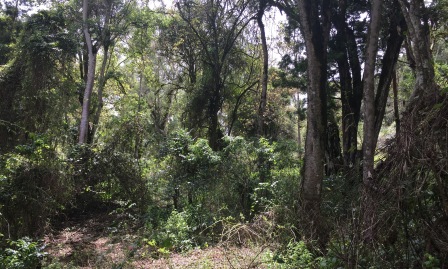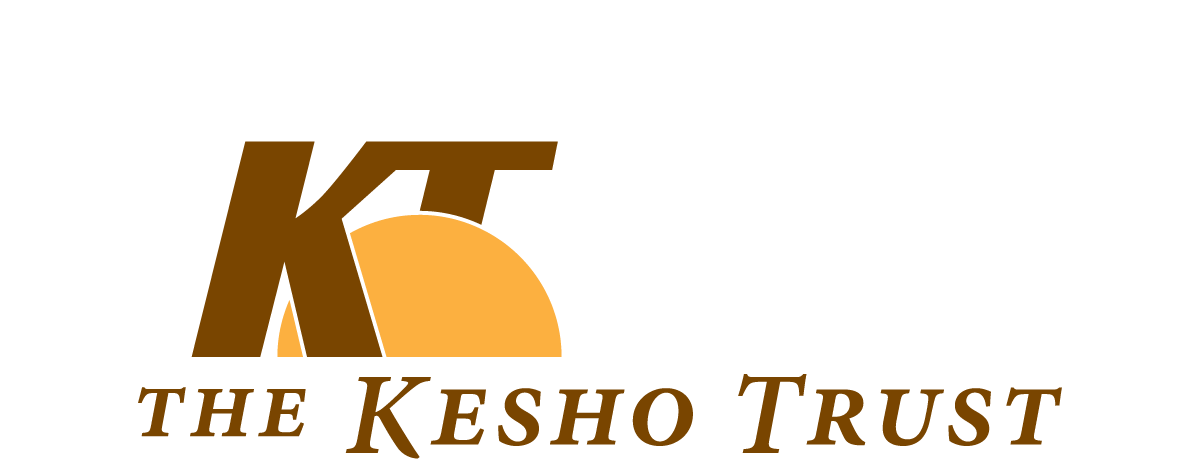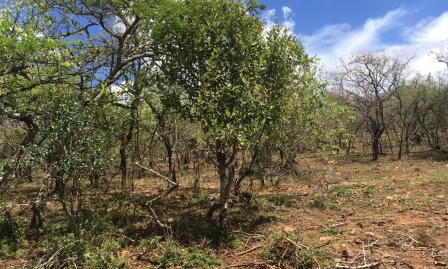The Enguserosambu community forest lands represent the very foundation of local Maasai culture, economy and the social organization associated with both. The transfer of management responsibility to the EFT for these lands provides the opportunity for local people to protect and conserve their forest lands from real and immediate threats that affect not only the function and integrity of a healthy forest ecosystem, but the Maasai way of life – pastoralism – and the adjacent conservation areas and wildlife whose very sustainability depends on these lands.
Maasai culture, including language, ceremonies and rites of passage, architecture and social organization are deeply embedded in forest-related values that spring from a life-long relationship with the forest that extends across generations of Maasai. The earliest relationship of Maasai to the forest begins before birth with fertility rituals and pregnancy practices that rely on the use of certain trees, special places and special plant medicines. It is a relationship that extends through initiation and age-group rituals to death itself with ties to sacred places that honor those who have passed. Women, young male warriors, herbalists and spiritual leaders have the deepest of ties to the forest and they speak of the forest as their “helper” and their “home.” The forest is the collective heart of the Maasai and without it their very identity as Maasai is lost.
 Like Maasai culture, Maasai knowledge is a traditional indigenous knowledge that is rooted in and has evolved over their use of the forest and its resources over many generations. It has deeply informed their longstanding, traditional forest management practices. These practices are the very basis of sustainable use of these forest lands by the Maasai and a central feature in the conservation of forest ecosystems and all that depends on them.
Like Maasai culture, Maasai knowledge is a traditional indigenous knowledge that is rooted in and has evolved over their use of the forest and its resources over many generations. It has deeply informed their longstanding, traditional forest management practices. These practices are the very basis of sustainable use of these forest lands by the Maasai and a central feature in the conservation of forest ecosystems and all that depends on them.
Maasai forest management is customs-based and orally and systematically transmitted and shared across age-group from elders to young people. However, like many indigenous resource management systems, because it is largely un-documented, along with the knowledge that supports it, other forest users, policy makers and forest managers frequently assume that no such system and knowledge exist. In effect there are two parallel forest management systems: one that is government sponsored and publicly recognized, and a Maasai management system that is only recognized and understood by few beyond the Maasai and whose adaptive management strategies are increasingly constrained and compromised by government forest management and land management approaches.
 The EFT is currently establishing management structures that encompass this dual approach. They are building a documented traditional knowledge base and compiling inventories of resources and potential livelihood use patterns that avoid internal and external land use conflicts.
The EFT is currently establishing management structures that encompass this dual approach. They are building a documented traditional knowledge base and compiling inventories of resources and potential livelihood use patterns that avoid internal and external land use conflicts.

